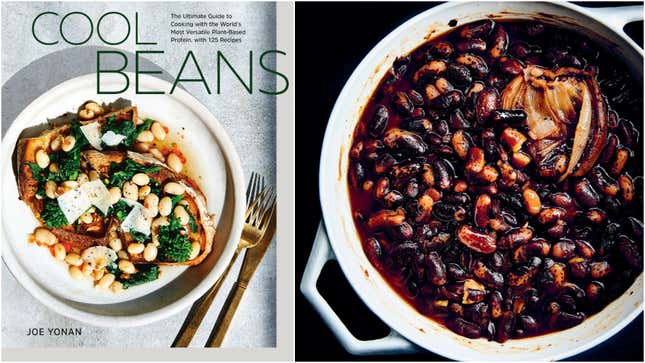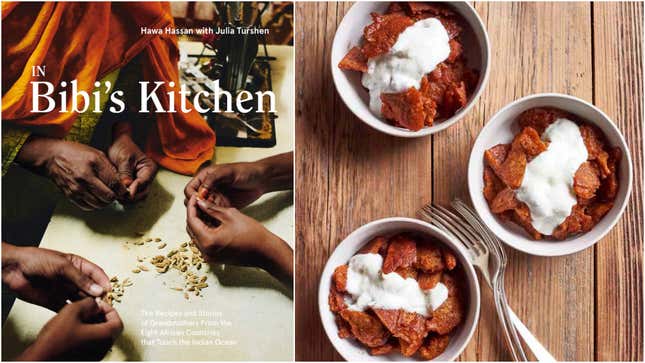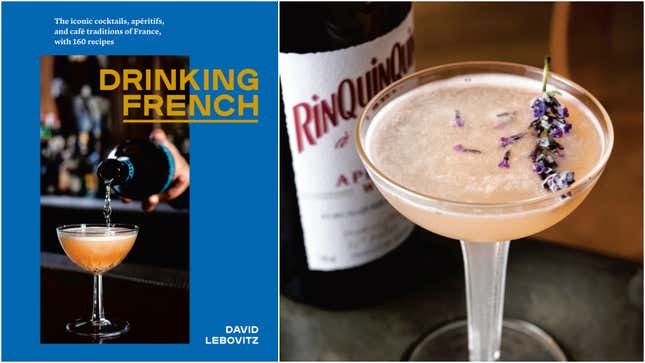![Left: Moth ki Chaat from "Chaat"; Center: Tangerine Sprits from "Drinking French"; Right: Falafel Fattoush from "Cool Beans" [all images provided by Ten Speed Press/Penguin Random House]](https://i.kinja-img.com/image/upload/c_fit,q_60,w_645/pgicmok7hk0zenovbqlb.jpg)
It’s been a hell of a year and many people have found themselves in the kitchen more than ever before, both because they’re socially distancing and because it’s often more economical to cook than to eat out. Thankfully, 2020 has also proven to be a surprisingly great year for cookbooks, and if you’re the type of inquisitive chef looking for new volumes to dig into then you’ve got a wide array of options.
In fact, so many great books debuted this year that it’s sort of impossible to say which ones were “best.” So, instead, let’s just say that this list represents some of The Takeout’s favorite cookbooks of 2020. These volumes don’t just explain how to prepare a wide range of delicious dishes; they’re also well-written, (generally) easy to use, ambitious in scope, beautifully photographed, and worthy of adding to a permanent cookbook collection.

![[images provided by publisher]](https://i.kinja-img.com/image/upload/c_fit,q_60,w_645/hf2ym5sp13tvtcsoax49.jpg)



![[image provided by Chronicle books]](https://i.kinja-img.com/image/upload/c_fit,q_60,w_645/wt8xjeyvcxeo9nfoztqy.jpg)